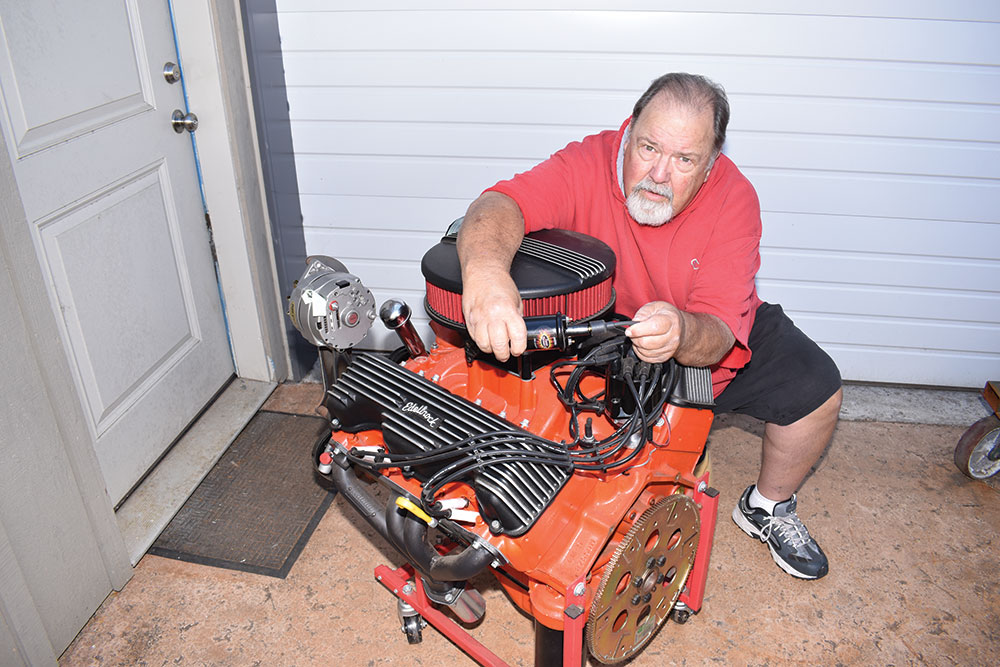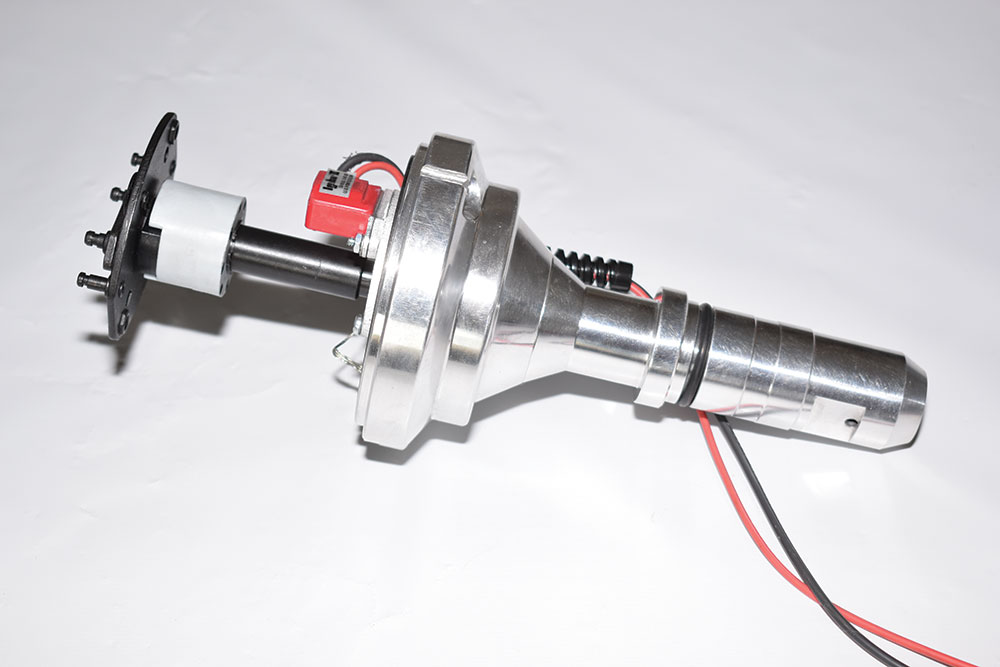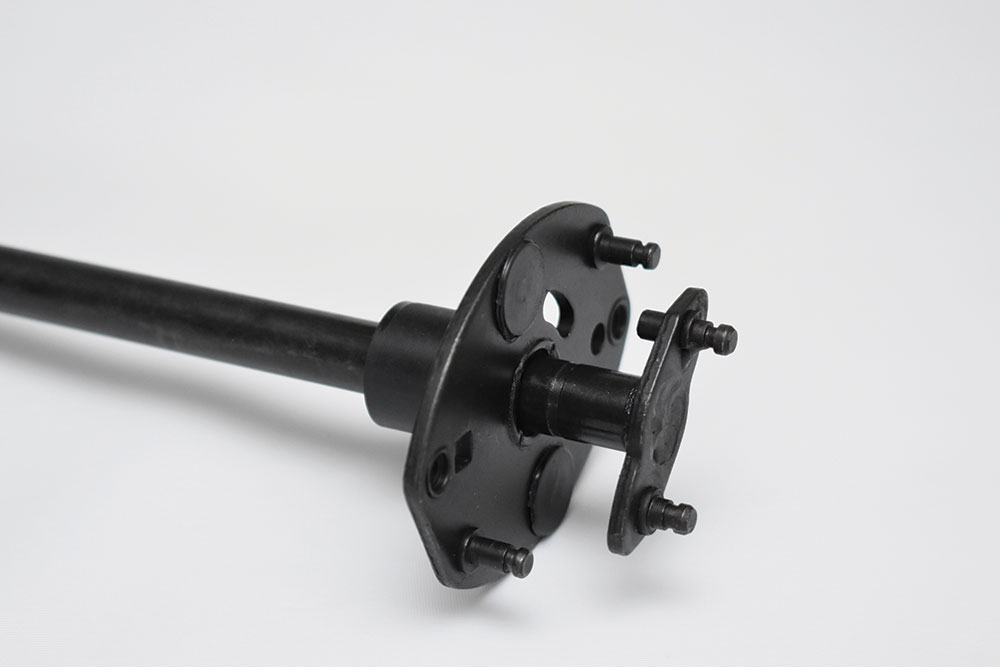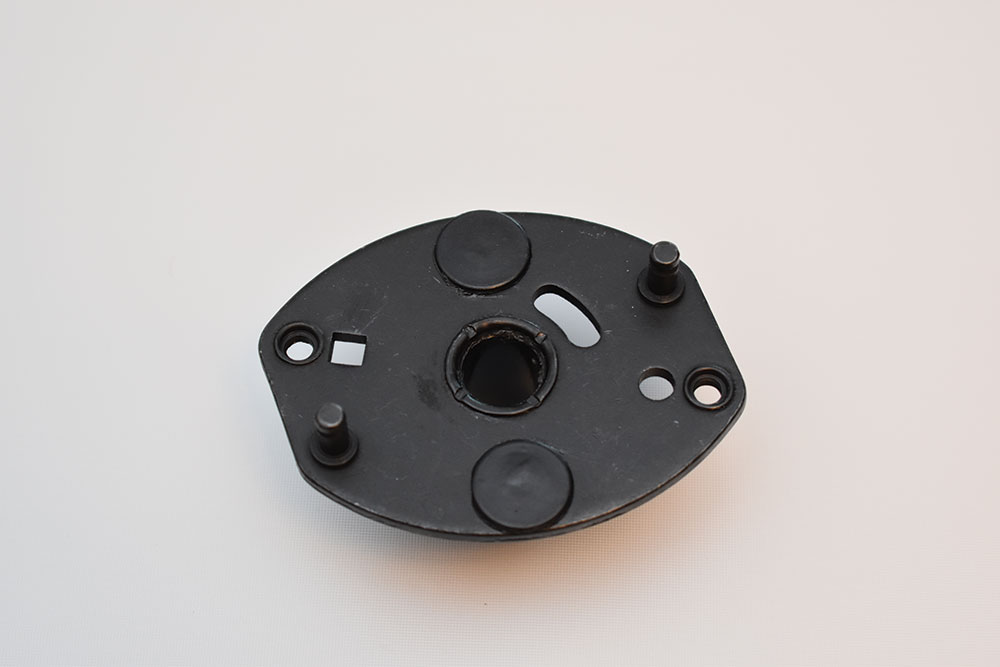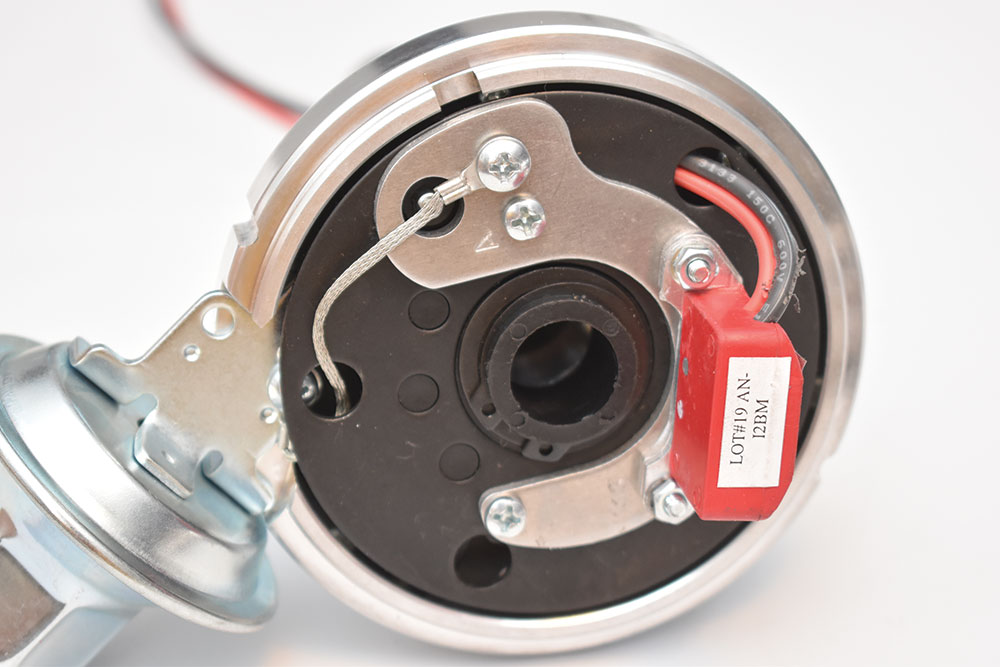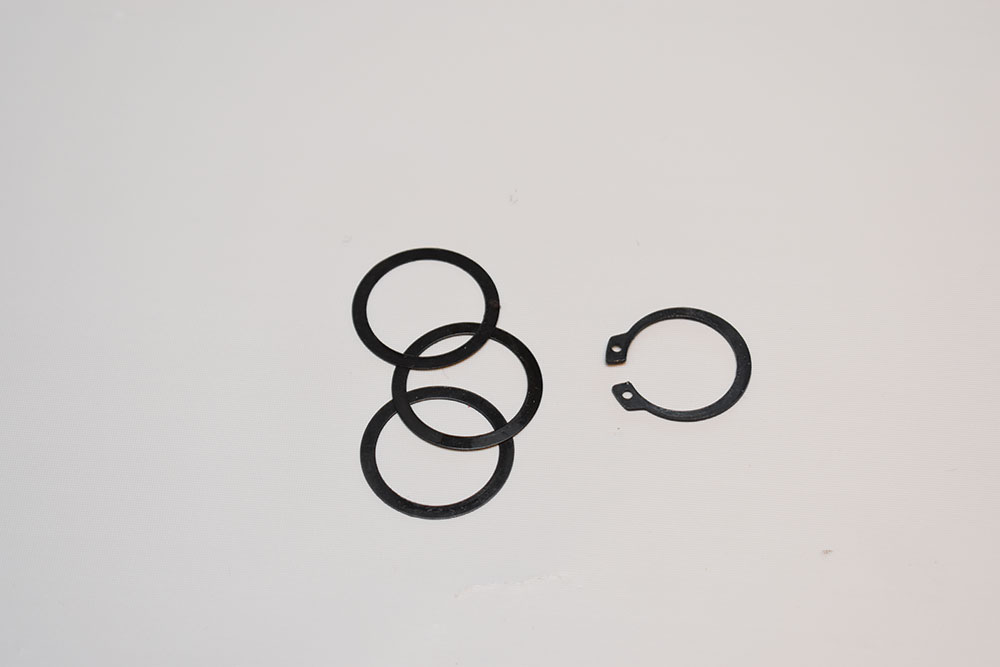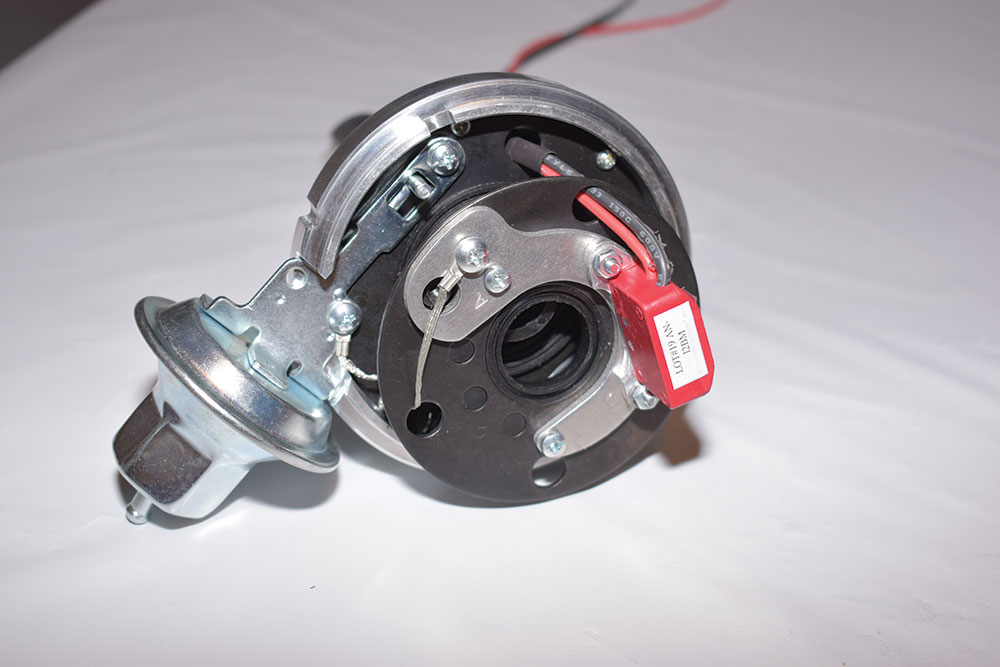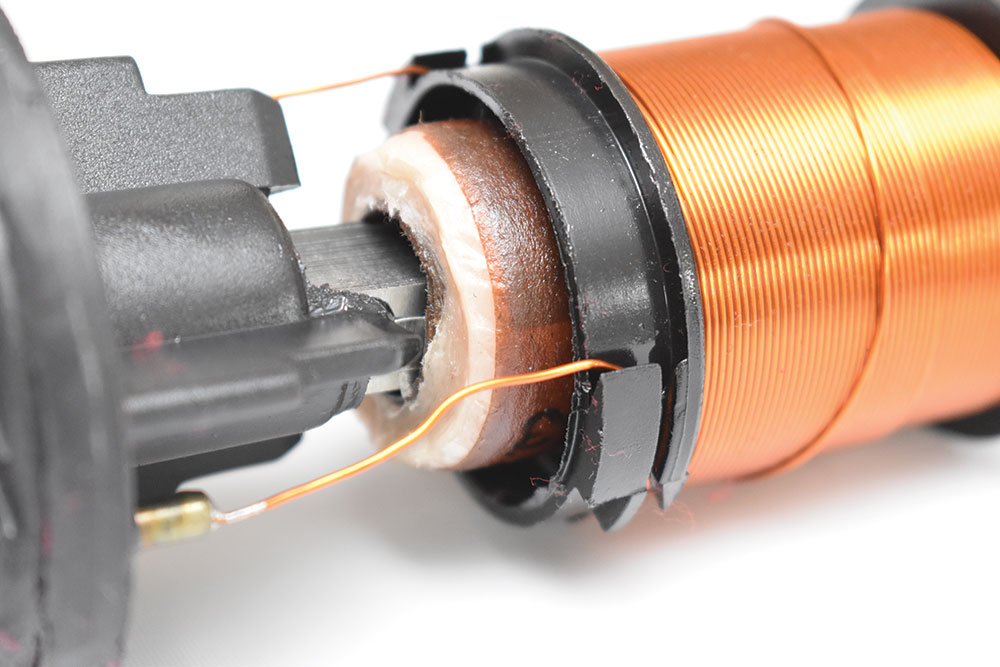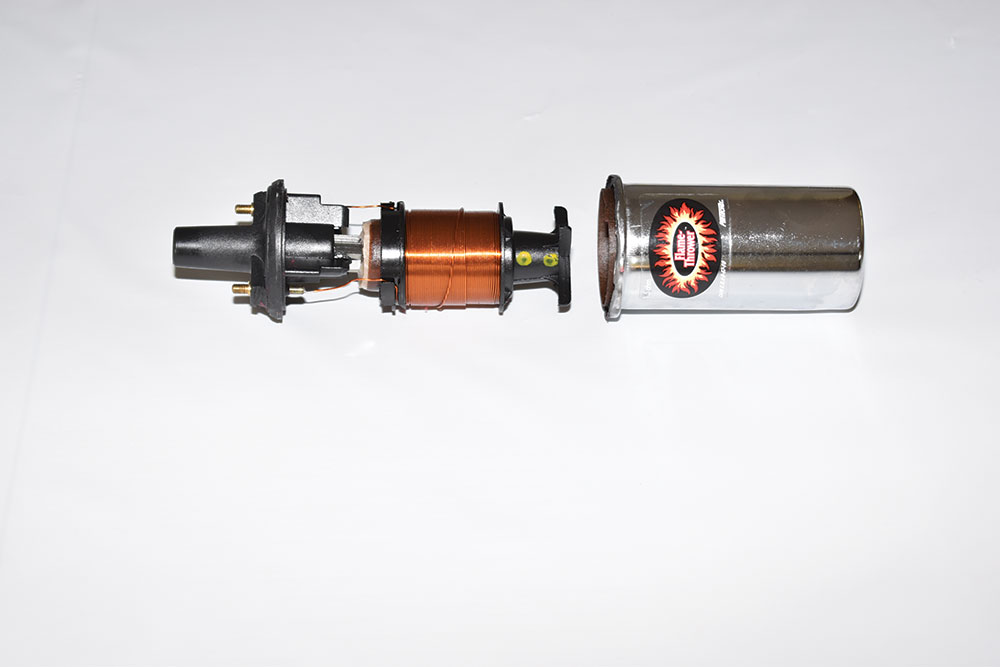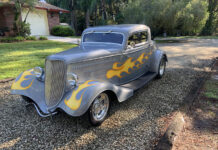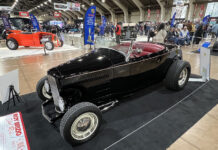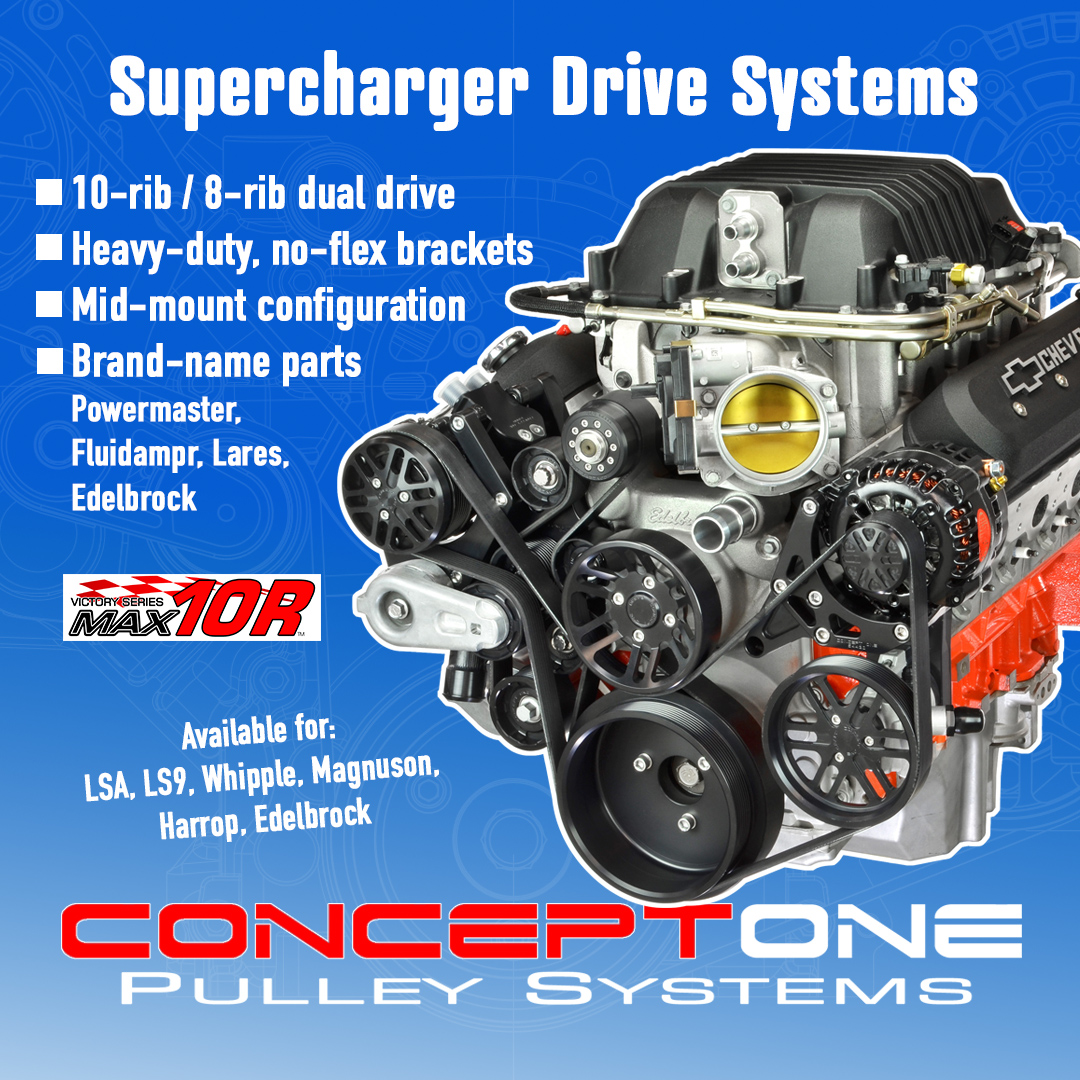By Ron Ceridono – Photography By The Author
While there is much to be said in favor of contemporary engines with the latest in computer-controlled everything, it’s hard to beat the charm of an early domestic engine. Nostalgia may be the motivation to run such a powerplant; it may the desire for simplicity or just the urge to tap into the roots of the hobby. But whatever the reason, hot rods with vintage engines are cool, but that doesn’t mean they can’t benefit from technology.
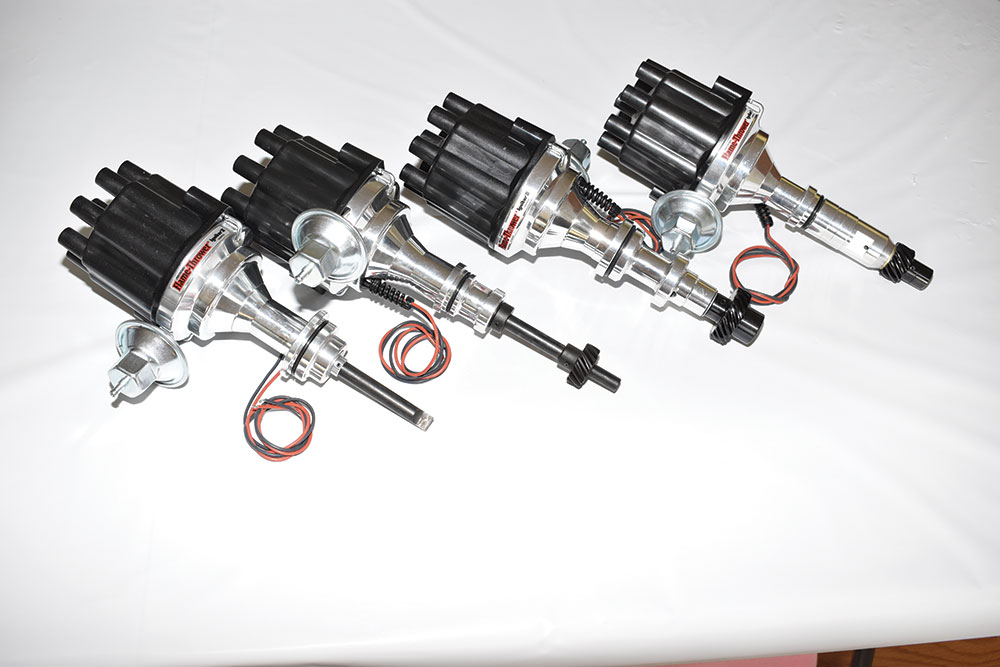
One of the shortcomings of many early domestic engines is the ignition system. Points and condensers were fine in their day, but electronic ignitions would prove to be vastly superior; some of that proof came from an unlikely source. In the early ’70s an engineer at Per-Lux, a company that made lighting products for the trucking industry (such as those round stainless steel lights with the horizontal baffles), developed an electronic ignition module to replace points and condensers. The intended application was forklifts and other industrial engines, but it didn’t take long for the Ignitor to become a popular automotive update as well. It became known that the Ignitor provided a much more accurate trigger signal to the coil, which improved timing accuracy and ignition misfires at high rpm due to the point bounce being eliminated. The Ignitor conversions put an end to dealing with points. Something anyone who had adjusting points with a match book cover on the side of the road in the dark could appreciate.

Read More: Vintage Vibes and Wild Paint: 1963 C10
PerTronix Ignition Modules
In 1991 the Per-Lux ignition division changed hands and PerTronix came to be. Ignition systems were the focus and things got serious. Today PerTronix offers a wide variety of ignition products, including three versions of electronic ignition modules. The original Ignitor is still popular for converting original distributors to electronic operation. Since they are almost undetectable many “restored” award winners have one under the distributor cap for the increased reliability and spark voltage they offer. The Ignitor II includes a few more features than the original Ignitor, such as a micro-controller that adjusts dwell throughout the engine’s rpm range. The result is up to four times more voltage at the plugs. For serious performance applications PerTronix offers the Ignitor III. It can produce up to five times more spark energy than a points system and includes a digital rev limiter with LED feedback and Multi-Spark all the way to redline.
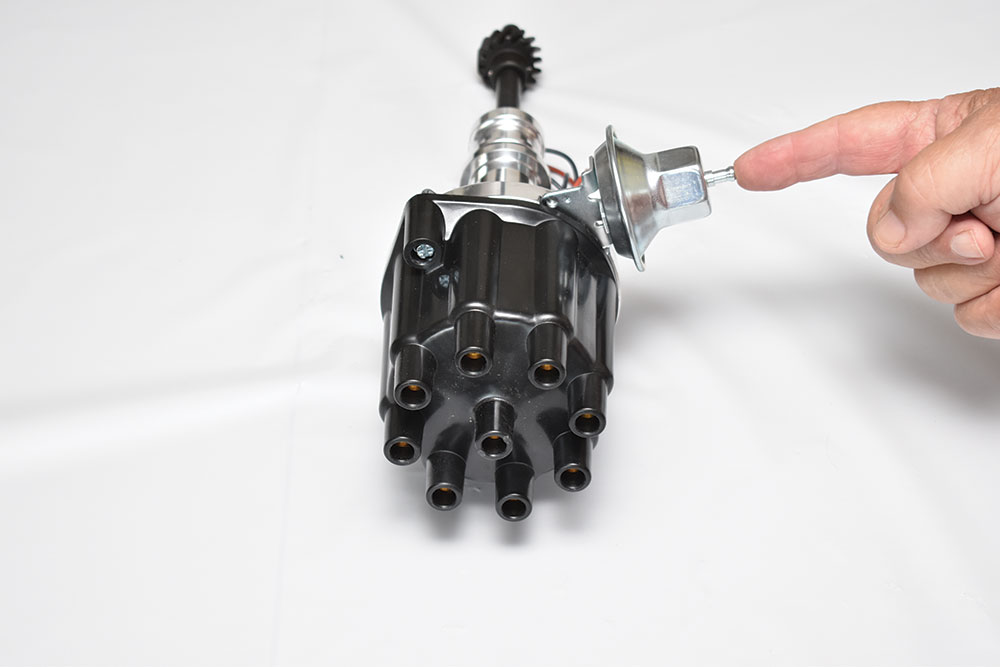
PerTronix Coils
Ignition coils are step-up transformers that dramatically increase battery voltage to fire the spark plugs (if you’ve ever been zapped by a plug wire the increase is obvious). Inside the coil are two coils of wires, or windings. The primary winding in the center of the coil has relatively few windings, while the secondary winding that wraps around it has many more. When the points are closed, or the electronic control allows current to flow through the primary windings, a magnetic field is created. When the points open (or the electronic device that controls current flow shuts off), the magnetic field collapses and makes current flow in the secondary windings. While it stands to reason more current in the primary would make more voltage in the secondary, the current flow is limited by the ability of the points, or the electronics in place, to handle it.
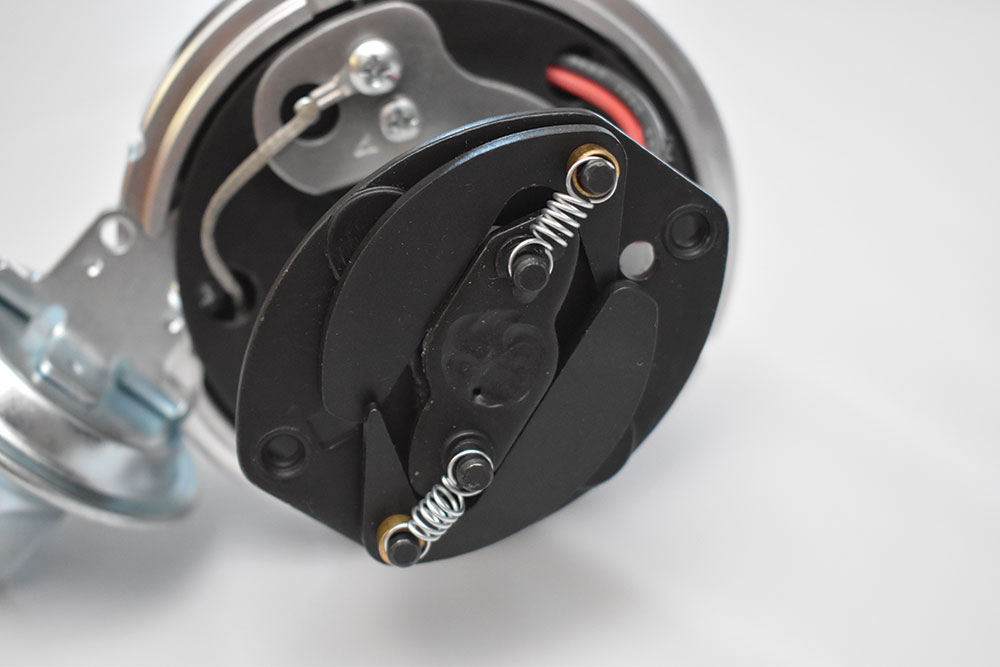
Read More: Speak Easy Green 1932 Ford Phaeton
PerTronix offers three distinctly different oil-filled, canister-style coils. While they look virtually the same, Don Lindfors of PerTronix explains that they are identified by the ignition system they are designed for:
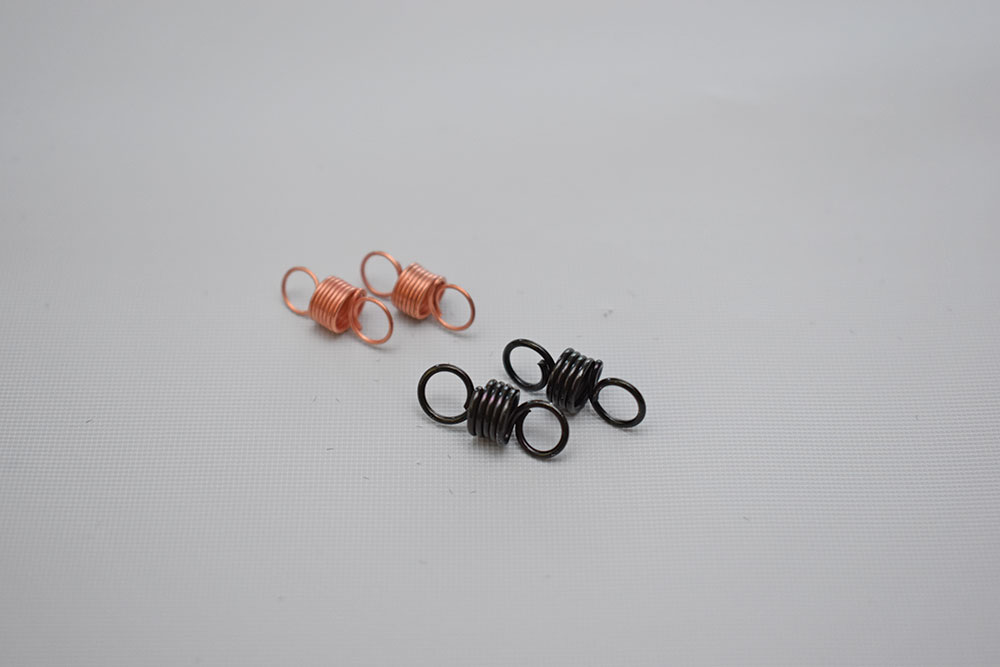
The Flame-Thrower 40,000V coils have internal resistance rated at 1.5 or 3.0 ohms. The 3.0-ohm coil should be used on PerTronix Ignitors installed on four- and six-cylinder engines while 1.5-ohm coils should be used for eight-cylinder applications. These coils can be used on virtually any inductive (non-capacitive discharge) ignition system, including points systems.
“Flame-Thrower II coils have lower resistance, 0.6 ohms for use with Ignitor II ignition systems as well as many other high-energy ignitions. The low resistance helps to produce up to 45,000 V. This higher voltage allows larger spark plug gaps for added power and better fuel economy.
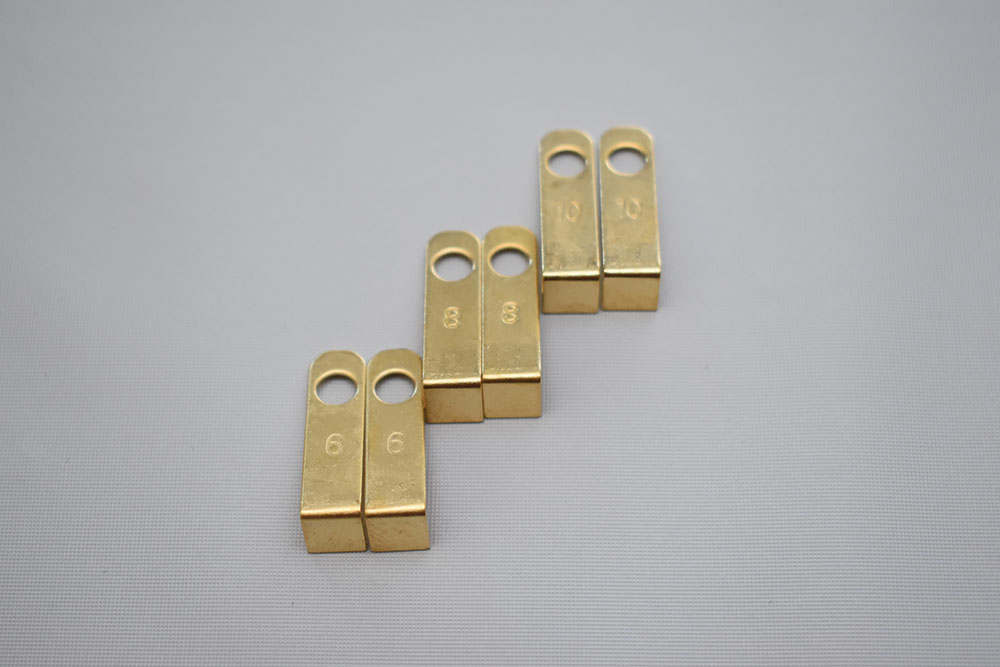
“Flame-Thrower III coils were developed for use with the new Ignitor III electronics. The extremely low resistance of 0.32 ohms results in 45,000 V and a coil that charges to peak current typically 30-70 percent faster than the other coils. It should be noted that these coils are compatible with Ignitor III electronics only.”
Flame-Thrower Distributors
Although the Ignitor was, and remains, an excellent method to convert a point and condenser-equipped distributor to electronic operation, PerTronix Flame Thrower Billet Distributors offer tuning advantages not often possible with vintage OEM distributors, they are also the perfect replacement for old worn-out OEM distributors. Due to today’s fuels distributor advance curves are much different than they once were. PerTronix distributors come with a variety of advance springs and limiters to customize the advance curve for optimum performance.

Recently PerTronix expanded their line of vintage domestic engine Flame-Thrower distributors to include Ford Y-Blocks, early Chrysler Hemis, Buick Nailheads, early Cadillacs, Studebaker V8s, and even Corvairs. All these distributors feature PerTronix II electronics, CNC-machined 6061-T6 billet aluminum housings, and precision-machined steel shafts with upper ball bearings and lower bushings. All are equipped with coated drive gears that are compatible with OEM and retrofit roller lifter camshafts.

Read More: Patina Paint Job; Moal Coachbuilder’s ‘32 Ford Pickup
Installing a Flame-Thrower billet distributor is plug-and-play—drop the distributor in place, connect the black wire to the negative (-) side of the coil and the red wire to the positive (+) side and that’s it. As the Ignitor and the Flame-Thrower Coil are designed to run with a full 12 V, remove the ballast resistor (or bypass the resistor wire if there is one) from the ignition wiring and you’re ready to be pointless—but pointless in a good way.
Source:
PerTronix Performance Brand
(909) 599-5955
pertronixbrands.com











